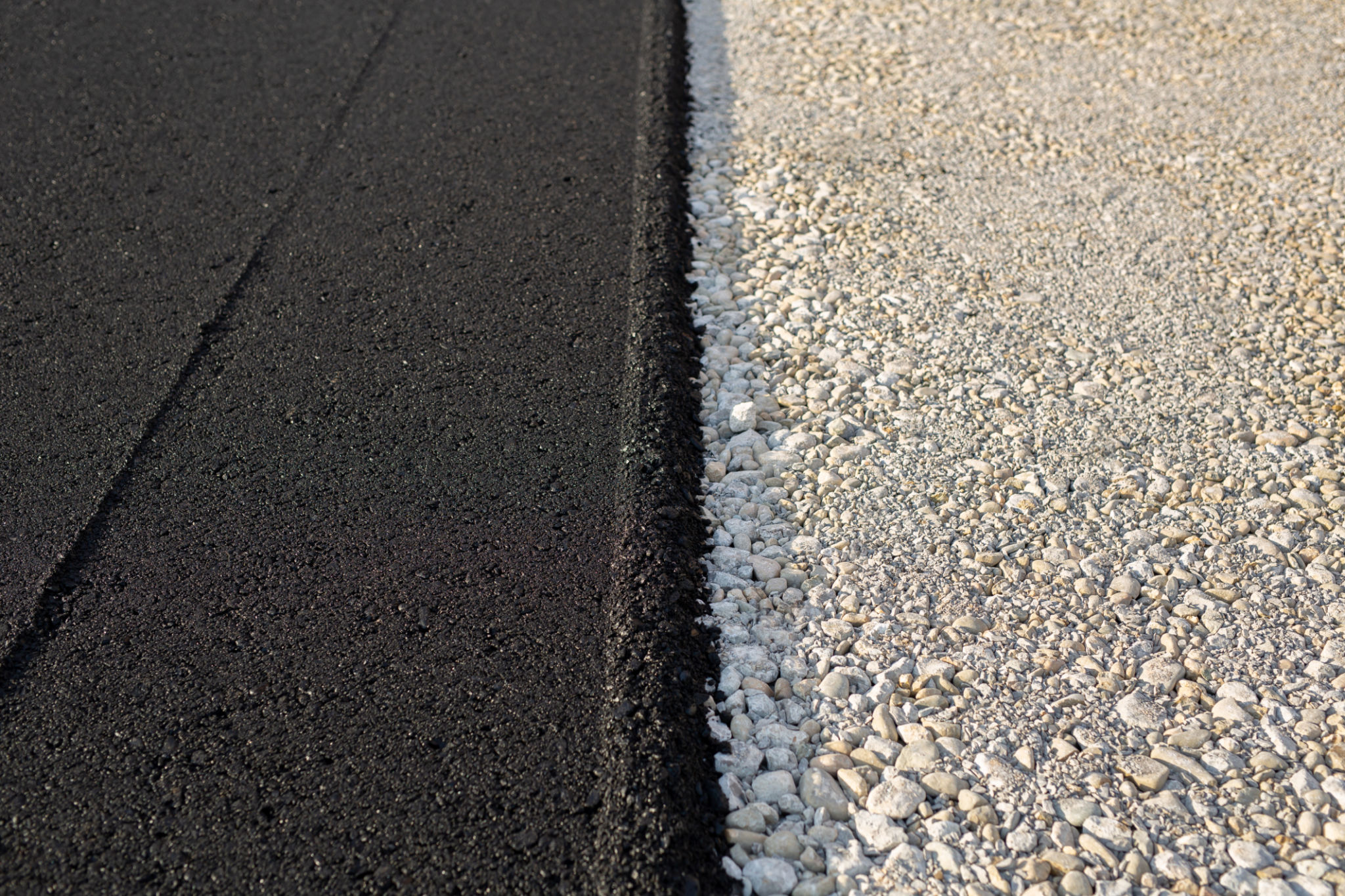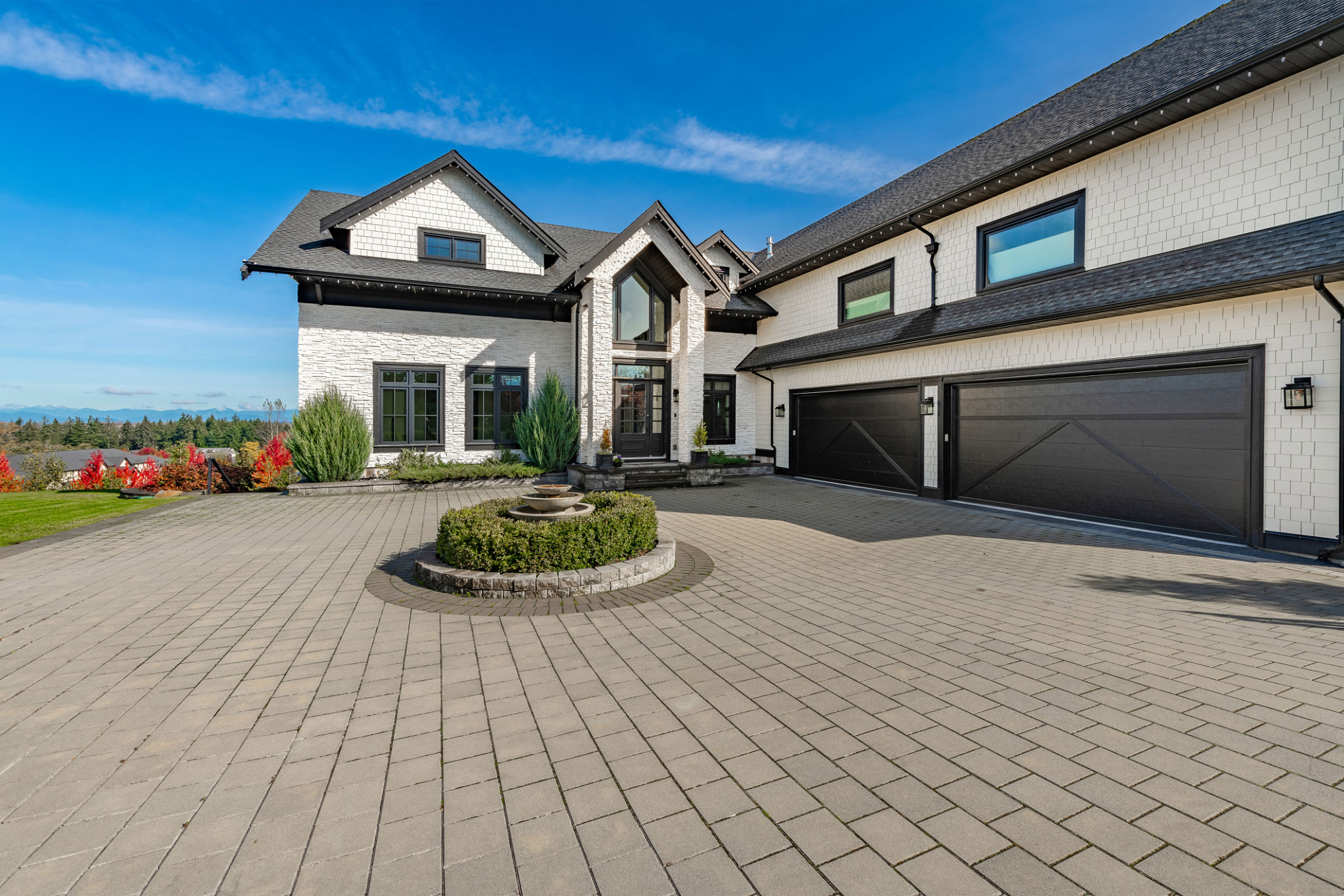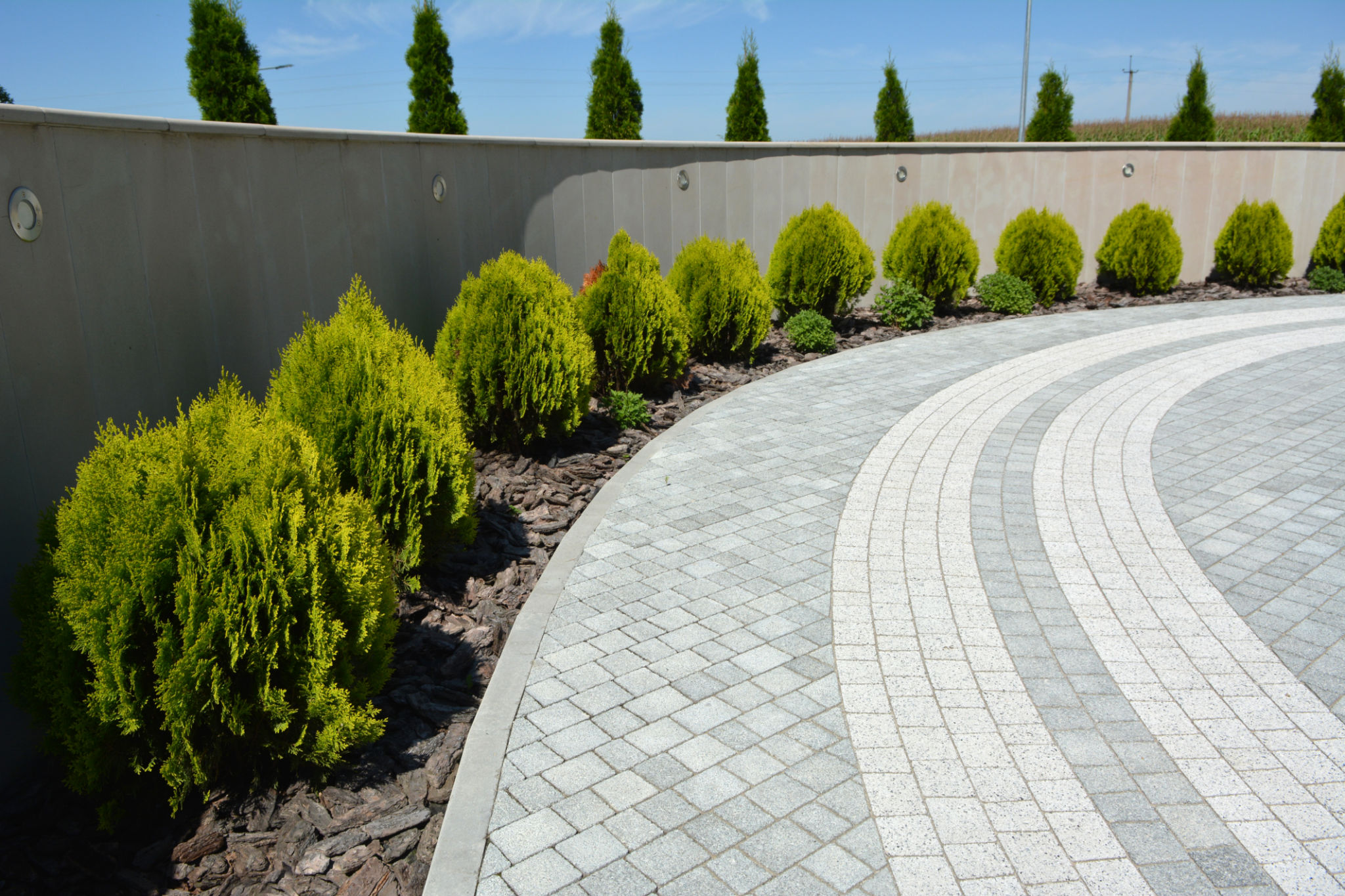Comparing Concrete vs. Asphalt: Which is Best for Your Barossa Property?
Understanding the Basics: Concrete and Asphalt
When it comes to paving for your Barossa property, two popular options stand out: concrete and asphalt. Both materials have their unique advantages and disadvantages, which can influence your decision based on your specific needs. Understanding these differences is crucial to making an informed choice.
Concrete is composed of cement, water, and aggregates such as sand and gravel. It’s renowned for its durability and long lifespan. On the other hand, asphalt is made from aggregate mixed with bitumen, a sticky, black, and highly viscous liquid or semi-solid form of petroleum. Asphalt is known for its smooth finish and cost-effectiveness.

Durability and Maintenance
Durability is often a key consideration when choosing between concrete and asphalt for your property. Concrete is highly durable and can last up to 30 years or more with proper maintenance. It is less susceptible to damage from extreme weather conditions, making it a suitable option for areas with fluctuating temperatures.
Asphalt, while generally not as long-lasting as concrete, can still offer a lifespan of around 15 to 20 years. However, it requires regular maintenance, such as seal coating every few years, to prevent cracking and deterioration. This maintenance can extend the life of the asphalt significantly.

Aesthetic Appeal and Versatility
Another important factor to consider is the aesthetic appeal of the materials. Concrete offers a clean, modern look and can be colored or stamped to mimic the appearance of stone or brick, providing greater versatility in design. This makes it an attractive option for homeowners looking to enhance their property's curb appeal.
Asphalt, meanwhile, provides a classic black finish that can complement a wide range of architectural styles. While it may not offer as much customization as concrete, its sleek appearance can give your property a polished and professional look.

Cost Considerations
Budget is often a significant factor in deciding between concrete and asphalt. Generally, asphalt is less expensive than concrete, both in terms of initial installation costs and repairs. This makes it an appealing option for those looking to save money upfront.
However, it's important to consider long-term expenses as well. While concrete has a higher initial cost, its longevity and lower maintenance needs can make it more cost-effective over time. Weighing short-term savings against long-term costs is crucial in making the right choice for your Barossa property.
Environmental Impact
The environmental impact of your paving choice should not be overlooked. Asphalt production involves the use of petroleum products, which can have environmental ramifications. However, asphalt is recyclable, which can mitigate some of its environmental impact.
Concrete also has its environmental considerations. The production of cement, a key ingredient in concrete, contributes to CO2 emissions. However, concrete’s durability means it doesn’t need to be replaced as frequently as asphalt, which can reduce its overall environmental footprint.
Conclusion: Making Your Decision
Deciding whether concrete or asphalt is best for your Barossa property depends on various factors including durability, aesthetic preferences, budget, and environmental considerations. By weighing the pros and cons of each material, you can make an informed decision that aligns with your needs and preferences.
If you're looking for a durable option with aesthetic flexibility and don’t mind a higher initial investment, concrete might be your best bet. However, if you prefer a cost-effective solution with simpler maintenance requirements, asphalt could be more suitable.
